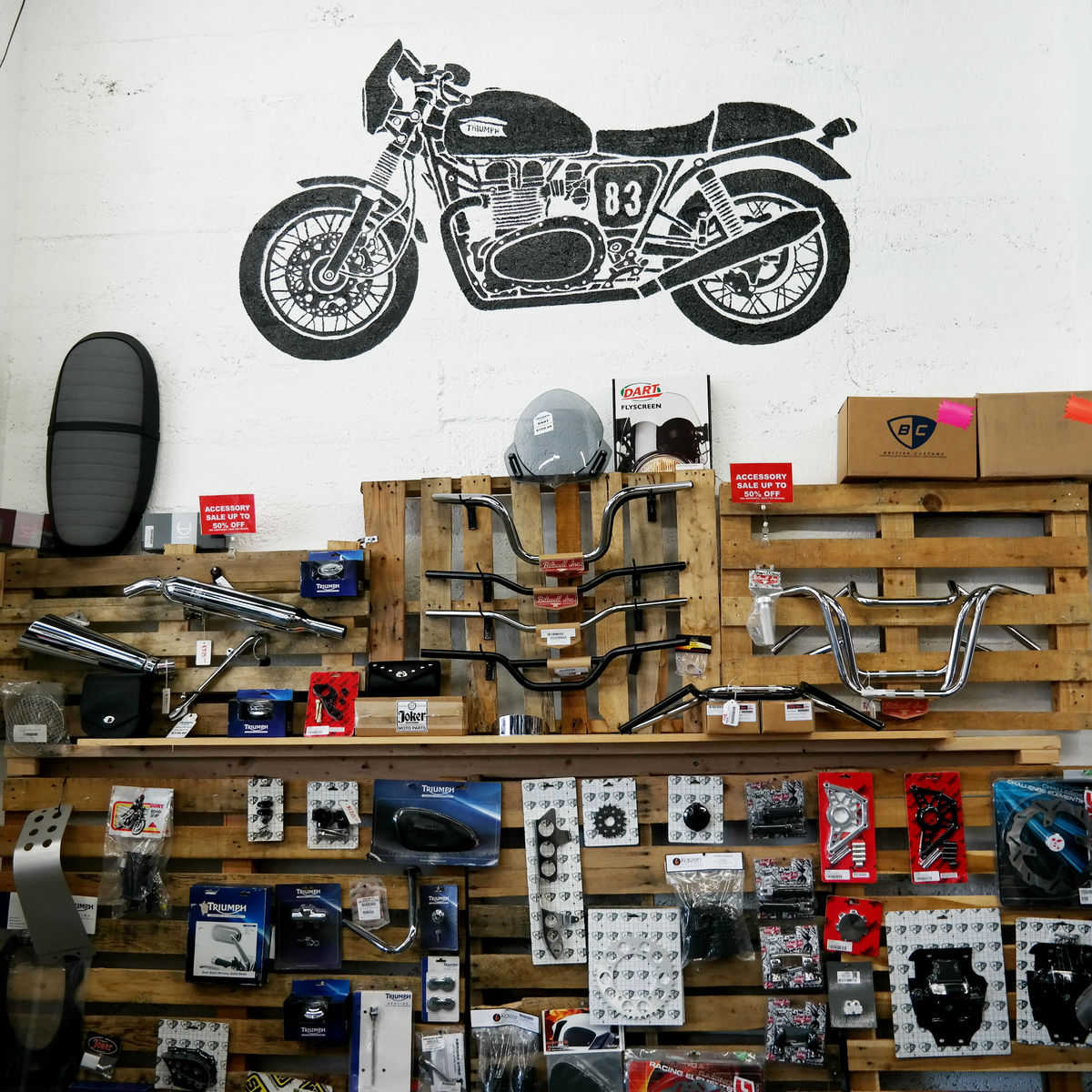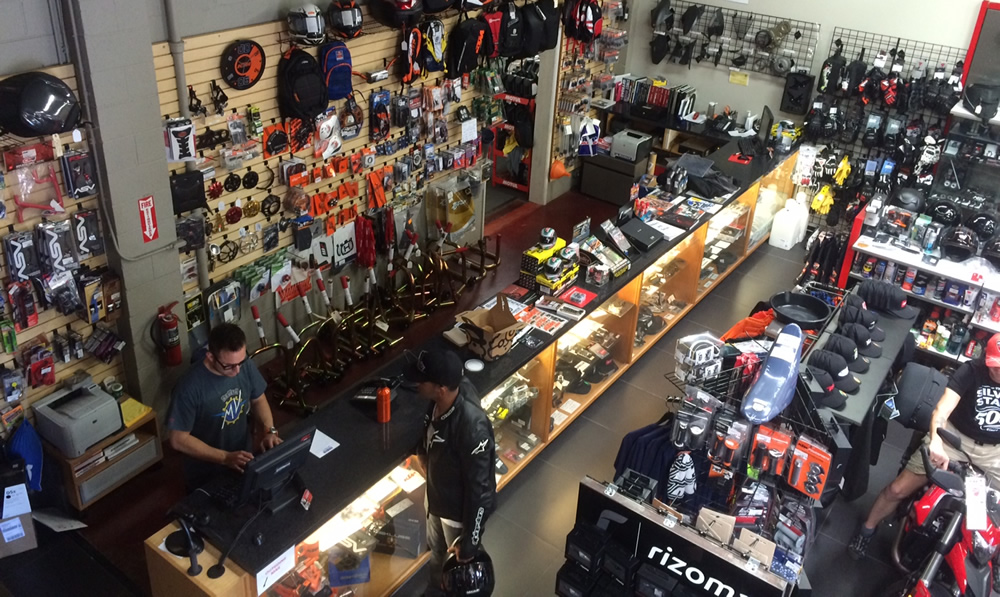Recognizing the Important Parts of a Bike: A Comprehensive Guide for Enthusiasts
For motorbike enthusiasts wanting to elevate their riding experience and guarantee their bikes run efficiently, comprehending the crucial parts of a motorcycle is vital. Each component, from the engine's detailed functions to the vital role of the stopping mechanisms, not just influences performance yet also security and convenience. This guide will stroll through the fundamental components that every biker ought to know with, enabling notified selections in both maintenance and possible upgrades. As we begin this exploration, one must ask: how does each component interact to create the seamless trip every lover seeks?
Engine Parts

The camshaft plays a critical function in managing the timing of the engine's shutoffs, making sure the precise opening and closing needed for effective gas and air intake, as well as exhaust expulsion. This timing is essential to preserving optimum engine efficiency and effectiveness. Additionally, the carburetor or fuel shot system, depending upon the motorbike model, is accountable for mixing air with gas in the correct proportion for combustion.
The air conditioning system, either air or liquid-based, functions to keep the engine's temperature level within operational restrictions, avoiding getting too hot and ensuring durability - motocross parts nz. Each element, meticulously made and integrated, adds to the smooth operation of the engine, specifying the motorbike's power outcome and general efficiency
Transmission System
Important to the motorcycle's functionality, the transmission system makes certain effective power transfer from the engine to the wheels. This system consists of several important parts, consisting of the clutch, transmission, and last drive, each playing an essential duty in equating the engine's power right into motion. The clutch, commonly operated by a hand lever, serves to engage and disengage the engine from the transmission, enabling smooth equipment changes and controlled velocity.
The gearbox, often described as the transmission appropriate, has a collection of gears that riders can by hand change via to adjust the bike's rate and torque output. These gears are set up in a sequence that allows the motorcycle to accelerate efficiently and keep ideal engine efficiency throughout various speeds. A lot of bikes make use of a consecutive gearbox, calling for the motorcyclist to shift gears in a fixed order.
Braking Devices
While understanding the transmission system is crucial to utilizing a motorcycle's power, equally vital is the ability to control and stop that power properly, which is where stopping systems enter into play. Brakes are important for security and performance, offering the cyclist with the essential control to browse different surfaces and conditions. Commonly, motorbikes feature two sorts of braking systems: disc brakes and drum brakes.
Disc brakes are much more widespread in contemporary motorbikes due to their remarkable efficiency. This system provides better warm dissipation, regular performance, and improved quiting power, specifically in damp conditions.
Conversely, drum brakes, though much less common, are still located in some bikes. They function by pushing brake footwear against the inner surface area of a drum affixed to the wheel. While typically much less effective in heat dissipation and quiting power, drum brakes are simpler and much more affordable.
Understanding these braking systems' nuances permits motorcyclists to keep their motorcycles effectively and value the design that makes certain effective and safe stopping.
Suspension and Guiding
Suspension and steering systems are crucial parts that substantially affect a motorbike's handling and ride comfort. The shock absorber, consisting of forks at the front and shock absorbers at the back, absorbs roadway abnormalities, improving stability and control. Front forks, typically telescopic or inverted, compress and rebound to mitigate effects, while rear shock absorbers maintain tire contact with the road, important for traction and safety.
Steering, centered around the handlebars, connects the motorcyclist to the motorcycle's directional control. The guiding head bearings ensure smooth procedure, allowing specific ability to move. Appropriate placement and upkeep of these bearings are vital for foreseeable guiding response and reducing biker tiredness.
The suspension's blog here adjustability is an additional vital element; preload, damping, and rebound setups allow personalization to match various riding designs and conditions. This versatility is necessary for maximizing performance, whether browsing urban streets or tackling tough tracks. Developments like digital suspension systems provide real-time adjustments, improving experience high quality across diverse surfaces.

Electric Solutions
After making certain a smooth and regulated adventure with efficient suspension and steering systems, focus turns to the electric systems, a crucial facet of contemporary bikes. These systems play a crucial role not just in starting the engine but additionally in powering numerous components that boost the functionality and safety and security of the motorbike.
At the heart of a motorcycle's electrical system is the battery, which stores electrical power essential for beginning the engine and powering complementary systems - motorcycle parts nz. The generator or generator, paired with the rectifier-regulator, ensures the battery stays charged while the bike is in operation, converting power into electrical energy and keeping voltage degrees
The ignition system, an additional crucial component, is in charge of stiring up the air-fuel combination in the engine's cyndrical tubes. Modern motorcycles often utilize an electronic ignition system, offering greater performance and reliability compared to conventional systems.
Lights systems, consisting of headlights, tail lights, and signs, are likewise crucial, guaranteeing visibility and security for the rider. Added digital components such as sensing units, control systems, and presents add to sophisticated features like gas shot administration, anti-lock braking systems (ABDOMINAL), and electronic dashboards, better boosting the riding experience.
Final Thought
A complete understanding of a bike's necessary parts, consisting of the engine, transmission system, stopping devices, suspension, steering, and electrical systems, is crucial for fanatics intending to enhance efficiency, convenience, and security. Proficiency of these elements enables for notified decisions pertaining to upkeep and upgrades, eventually enhancing the riding experience. By integrating this knowledge, motorcyclists can ensure their bikes run at peak efficiency and dependability, thereby maximizing both satisfaction and long life of their cars.
For motorcycle fanatics looking to boost their riding experience and ensure their bikes run efficiently, understanding the crucial parts of a bike is paramount.Essential to the motorcycle's performance, the transmission system makes certain effective power transfer from the engine to the wheels.While understanding the transmission system websites is key to using a bike's power, just as important is the capacity to manage and quit that power successfully, which is where stopping mechanisms come right into play. Generally, motorbikes include two types of stopping systems: disc brakes and drum brakes.
A complete comprehension this of a motorbike's crucial parts, including the engine, transmission system, braking devices, suspension, steering, and electric systems, is vital for enthusiasts intending to maximize convenience, performance, and security.